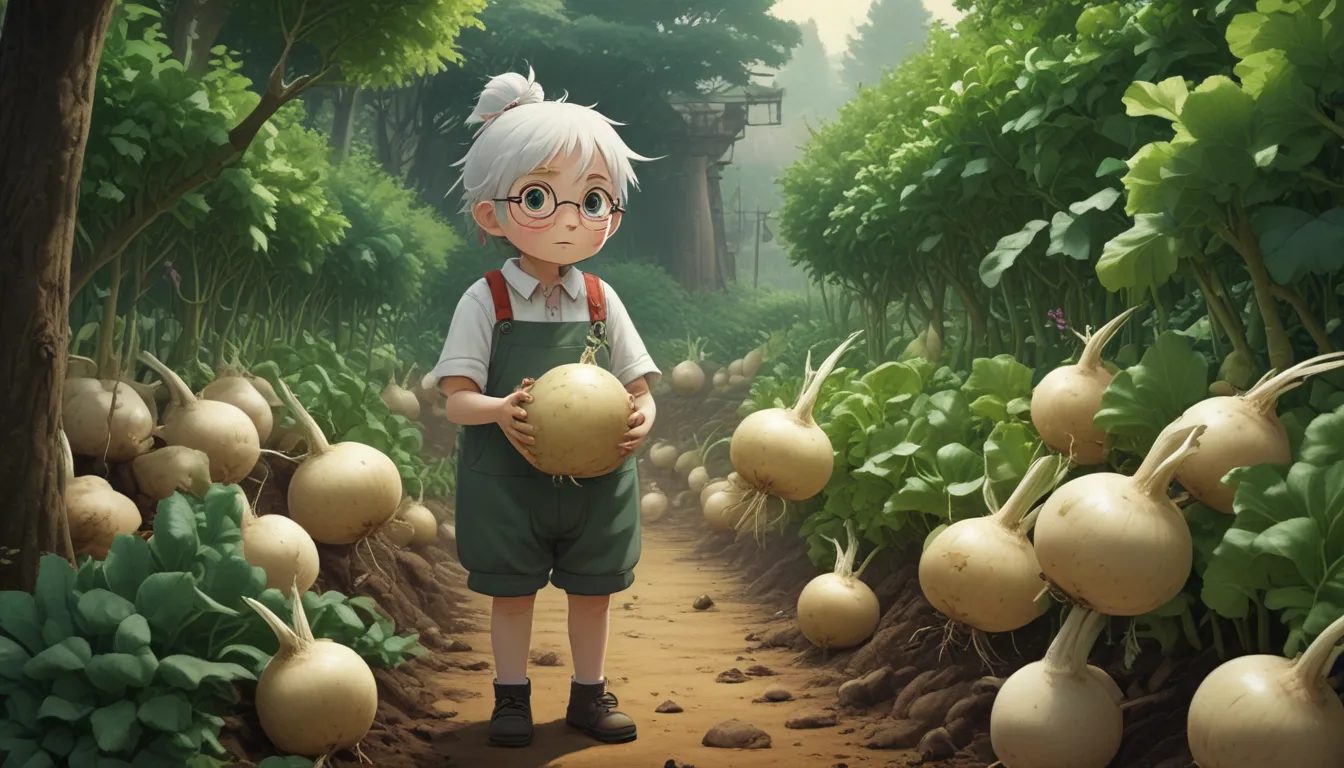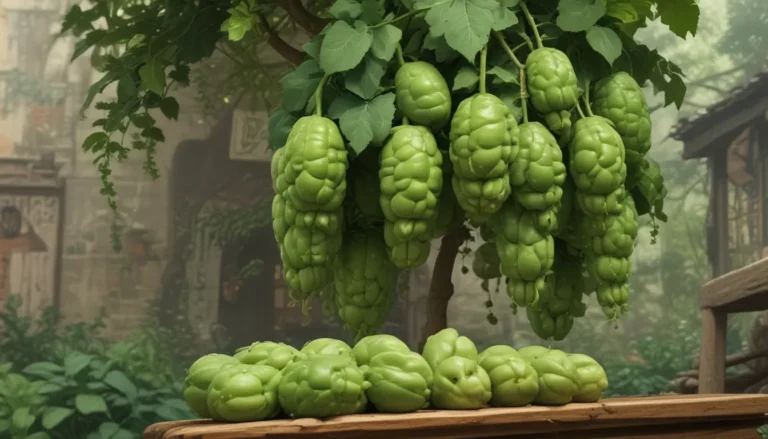How to Prevent Turnips from Bolting and Going to Seed

Turnips are a popular and productive crop that can be grown in both spring and fall gardens. With both the roots and leafy tops being edible and nutritious, turnips are a versatile addition to any garden. However, one common frustration that many growers face is the early bolting of turnips, which can lead to plants going to seed prematurely.
In this detailed guide, we will explore the reasons behind turnips bolting, how to prevent it from happening, and what steps to take if your turnips have already gone to seed. By understanding the causes of stress that trigger bolting and implementing simple strategies to support your turnip crop, you can ensure a successful harvest.
Understanding Bolting
Bolting occurs when a plant shifts its focus from producing leaves or roots to flowering quickly and setting seeds. This process is triggered by stress signals, which indicate to the plant that it needs to prioritize reproduction to ensure the survival of future generations. When a plant bolts, it redirects all its energy towards producing seeds, resulting in a decline in the quality of the edible parts of the plant.
In the case of turnips, bolting can lead to fibrous and inedible roots, as well as a halt in growth. Identifying the causes of stress that trigger bolting is essential to preventing this undesirable outcome and ensuring a bountiful harvest of healthy turnips.
Factors Contributing to Turnip Bolting
Turnips, like many other plants, can bolt in response to various environmental stressors. By addressing these factors preemptively, you can create an optimal growing environment for your turnip crop. Here are some common stressors that can lead to turnip bolting and tips on how to prevent them:
-
Nutrient Deficient Soil: Planting turnips in soil that lacks essential nutrients can impede their growth and development. To ensure robust growth, enrich your garden bed with phosphorus and potassium, which are vital for root development. Incorporating bone meal or rock phosphate can boost phosphorus levels, while wood ash is an excellent source of potassium. Avoid over-applying nitrogen, as it can lead to misshapen roots.
-
Inadequate Watering: Turnips require consistent watering to support healthy root development. Aim to provide at least an inch of water per week, while ensuring that the soil does not become waterlogged. Consider using a drip irrigation system to deliver water efficiently and prevent over-watering. Mulching around turnip plants can help retain moisture in the soil and promote proper drainage.
-
Excessive Heat: Turnips thrive in cool weather conditions and are susceptible to stress-induced bolting in hot temperatures. To mitigate heat stress, plant turnips early in the spring or as a fall crop. Providing partial shade or using shade cloth can help protect plants from overheating. Additionally, mulching can insulate the soil and keep it cooler around turnip plants.
-
Seed Selection: When choosing turnip seeds, opt for heat-tolerant or bolt-resistant varieties to minimize the risk of bolting. Selecting seeds suited to your growing conditions can help prevent premature flowering and seed formation.
By addressing these factors and creating a low-stress environment for your turnip crop, you can reduce the likelihood of bolting and ensure a successful harvest of tender, flavorful roots.
Managing Bolting in Turnips
If your turnips have already gone to seed, resulting in woody roots and bitter greens, you may wonder what steps to take next. While bolting can be discouraging, there are options for managing plants that have completed their life cycle:
-
Compost or Leave in the Garden: Once turnips have gone to seed, the root growth ceases, and the plant becomes inedible. At this point, you can choose to pull up the plants and add them to your compost pile, or leave them in the garden to break down naturally. Allowing turnip roots to decompose in the soil can enrich its nutrient content and improve soil structure for future plantings.
-
Encourage Natural Seeding: Leaving mature turnip plants in the garden can also promote self-seeding, where new plants emerge from dropped seeds. This can be a beneficial practice for replenishing your turnip crop in subsequent seasons and supporting soil health. By allowing turnips to self-seed, you may observe unexpected growth and enjoy a bountiful harvest without additional effort.
Remember that plants, like humans, thrive in low-stress environments. By implementing strategies to reduce stress, such as amending soil, providing adequate water, and protecting plants from extreme temperatures, you can minimize the risk of turnips bolting and ensure a successful harvest.
Have you encountered issues with turnips bolting in your garden? Share your experiences and strategies for preventing bolting in the comments below. For more tips and tricks on growing turnips, explore the following guides:
- Identifying, Preventing, and Treating Bacterial Leaf Spot
- Identifying and Treating Turnips With Downy Mildew
- Identifying and Controlling Black Rot
- Health Benefits of Turnip Greens
By applying the knowledge and techniques shared in this guide, you can cultivate a thriving turnip crop and enjoy the rewards of your gardening efforts.
*





